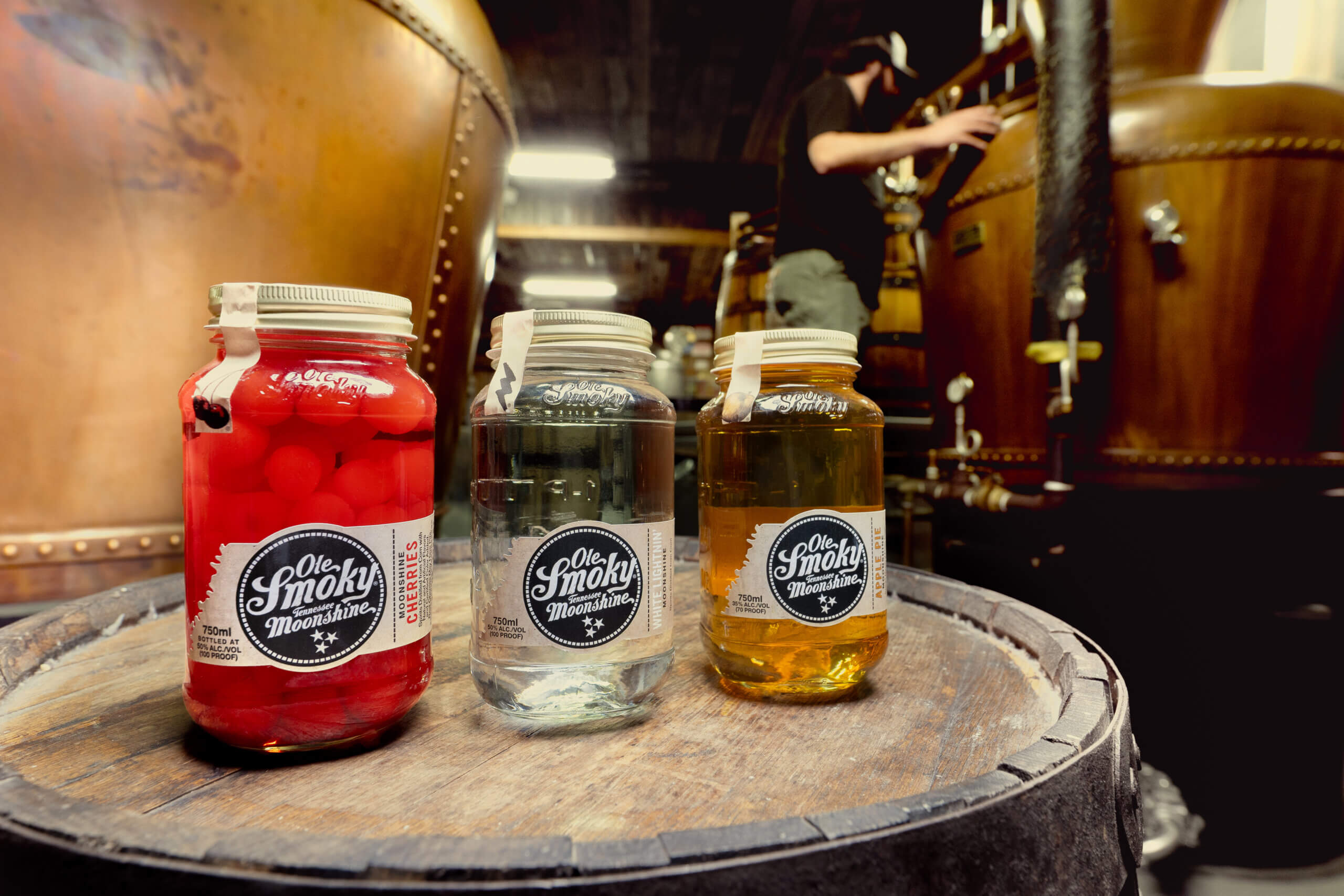Rhum Running
By Chilled Magazine
When is rum not really rum? When you add an “h” – making it RHUM Agricole. “That’s crazy!” you say? But it’s not crazy.
And there’s even precedent. Just like the extra “e” in whisk(e)y immediately connotes the difference between an Irish whiskey and Scotch whisky, for instance, providing a shorthand for all those unique qualities that are defined on the production level, so too does the addition of an “h” indicate that the liquid you’re about to enjoy is not your average pirate juice.

Sugar Cane Stalks
Oh no, not average at all. This would be very special, Martinique (or other French speaking islands like Haiti, St. Barth’s and Mauritius) produced sugar cane juice, not to mention the only rum in the world with its own AOC (Appellation d’origine Contrôlée – the French certification of production based on terroir which dictates the regions from which cheeses, wines, spirits and other agricultural products carrying the AOC can be sourced and how they are produced.) The AOC regulations cover everything from the amount of cane that can be grown per hectare, to a timetable for cutting and production.

Sugar Cane and Cane Juice
Aside from being the only agricultural product carrying a French AOC that is not produced within the boundaries of France, what truly sets rhum agricole apart from its rum cousins is that, much like an extra virgin olive oil, rhum is a first press product; fermentation happens straight away from the freshly pressed cane juice. Natalie Jacob, bartender at Dutch Kills notes,
“Rhum Agricole is so special and unique because unlike most rums that are distilled from molasses [which is a byproduct of sugar cane], it is distilled from the juice of fresh pressed cane sugar.”

Martinique farmers harvesting sugar cane
She continues, “Sugar cane is in the grass family and that is clearly reflected in the flavor profile, which is a combination of smoke and earthy minerals with sweeter notes of banana, vanilla and cinnamon. It is very complex and an absolutely captivating spirit which makes it perfect for drinking on its own or used in a number of cocktails.”
These cocktails benefit from mandated brix and pH levels as well as the guidelines about minimizing the waiting times between cutting the cane and the start of the fermentation and distillation process. There is officially just a 24-hour window in which to harvest the cane and begin the fermentation process. Keeping that timetable tight means the sugar has no time to oxidize and/or dissipate and thereby maintains its distinct and unique flavor when it becomes rhum agricole and gets bottled. It also means that if a distillery is backed up they might call down to the foreman in the cane fields to tell them to halt their cutting for a little while so that the distillery can catch up.

Damoiseau Rum, VSOP
And it is well worth the wait. The rhum that gets produced inspires a good deal of passion in those familiar with this unique product. Elana Effrat, Spirits Brand Manager Martin Scott Wines, finds a distinct connection between rhum and the finest burgundies. Which makes sense since the Martinique rhum agricole tradition was started four generations ago by Homére Clement.

Rhum Clement
Clement had studied wines in France and returned to Martinique where he applied his oenological education to rhum production. Of these rhums, Effrat says,
“One of the things I love about rhum agricoles is that I can talk about them the same way I talk about wine. What makes rhum agricole so unique is that the varied terroir in Martinique dictates that similar to enjoying Burgundy wine where your vineyards could be just four kilometers from one another with sugar cane fields in different parts of the island you’ll get a rhum that tastes totally different.”

Mt. Pelee, Martinique
The difference comes not only from the terroir, such as Rhum JM which is grown on the side of a volcano, but also the aging. For instance, Damoiseau rests in neutral oak barrels for six months so that it can breathe. This is three months more than the AOC dictates for a spirit to be called rhum agricole. And, should a producer decide to keep his rhum in oak barrels for more than three years he has the right to call it rhum vieux (old rum.)

Rhum JM
These rhums might be old by designation but they are fairly new to American drinkers who haven’t traveled to the islands to explore, in situ, brands like Neisson, La Favorite, and Batiste (which is produced on St. Barth), so the opportunity to explore these rhum agricoles is like a new adventure in a bottle for many.
Brian Miler — bartender, pirate, and Captain of Tiki Mondays with Miller — is a big rhum agricole fan who quickly fell in love with it.
He concludes, “I actually think it’s an underrated spirit. At first, it may not be your cup of tea but once you acquire a taste for it, a whole new world of r(h)um will open up to you. The funk, grassy and savory notes you get from agricole can really take a cocktail to another level. But be careful. A little can go a long way. Best way to use it, without a doubt, is a Ti Punch; there is no place to hide in that drink.”

Donga Punch created by Don the Beachcomber, 1937
Rediscovered by Jeff “Beachbum” Berry
Ingredients:
- 2 oz. Rhum Agricole (aged)
- 1 1/2 oz. Don’s Mix*
- 3/4 oz. Fresh lime juice
Preparation: Shake all ingredients with crushed ice, then pour unstrained into a tall glass. Top with more crushed ice, if necessary.
*Don’s Mix: Combine two parts white grapefruit juice and one part cinnamon syrup.
Ti Punch
Traditional Recipe
Ingredients:
- 2 oz. Rhum Agricole
- Quartered limes
- Cane syrup
Preparation: In proper Martinique tradition a gracious host lays out the ingredients and leaves it up to his guests to “Chacun prepare sa propre morte” (each prepares his own death.) It won’t kill you to select an Old Fashioned glass, squeeze a lime into the rum, and dissolve your desired amount of cane syrup into the mix.










